Tipping has always been a key part of dining in the United States. Now, technology is changing not only how much people tip, but also when and why they do it.
In this article, we’ll explore how digital payment apps are transforming tipping culture and what it means for everyone involved in the restaurant experience.
How Digital Payment Apps Are Changing Tipping Practices
Digital payment apps have transformed the act of tipping from something private to a prominent, highly visible step in the dining experience.
Guests, Servers and Managers all encounter new prompts and pressures, altering not just individual choices but also policy and daily operations.
Suggested tip amounts and prompts
Most digital payment apps nudge customers toward preset tip percentages — usually 15%, 18% or 20% — during checkout.
With the screen right there, it becomes tough to ignore those prompts and declining to tip is more obvious than ever.
It's a double-edged sword: while some diners may become more generous, others might feel pushed to give higher tips or pressured to follow the suggested amount.
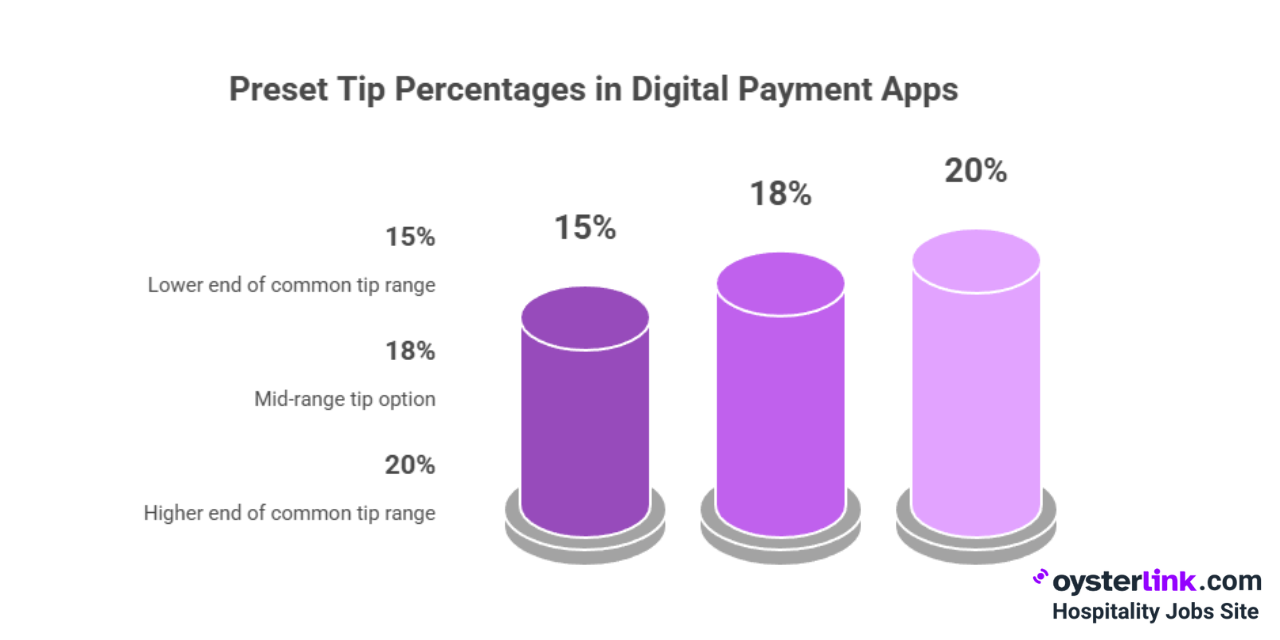
Convenience and speed of tipping
Digital tools speed up checkout, allowing diners to add a tip with just a tap. Tablets, mobile wallets and even QR codes let guests settle up without digging for cash or searching for a pen.
The result? Less hassle and fewer drawn-out payment moments for both sides.
Plus, table turnover accelerates and tip flows become more seamless. Managers will want to provide training for team members (especially less tech-savvy ones) so no one gets left behind when tech glitches pop up.
Transparency and tracking for workers
Digital tipping tracks and tallies tips automatically, making it simpler for staff to accurately report earnings for payroll.
This is a big win for compliance when it comes to tip pooling, tip outs and meeting wage laws — helping Managers sleep a little easier at audit time.
Kitchen staff like Line Cooks or Dishwashers can now have a record when they're included in tip pools, and Managers can spot problems or missing tips early.
It's smart to check that your POS can export solid tip reports and to offer printed "how-to" guides for team members, especially new hires or folks switching from all-cash systems.
Psychological impacts on diners
Some POS interfaces can put diners on the spot. With a payment screen turned around, sometimes right in front of the Server, guests are urged (not always gently) toward a suggested, sometimes higher, rate.
The prompt's public nature — and having an employee just feet away — can create subtle social pressure. This pressure is often stronger than what diners experienced with the old signed paper slip.
Restaurant Managers expecting guest questions about this can prepare their team with clear, confident answers. Practicing some responses in advance can help staff handle these sensitive moments with empathy and professionalism.
Broader Effects of Digital Tipping on the Restaurant Industry and Worker Dynamics
The consequences of digital tipping reach much farther than the bill. It's nudging restaurants to review everything from revenue models to how work is shared on the floor.
Smart Managers evolve their policies and communication to support their staff, ensure fairness and maintain trust with guests.
Shifts in restaurant revenue models
As digital tips fluctuate, restaurants are testing new revenue models. Some places have rolled out auto-service charges or tweaked menu prices as a way of balancing pay for roles like Dishwasher or Sous Chef.
This move has sparked debates about sticking with tipping or swapping in higher base pay and service charges instead.
Either way, it's critical for Managers to keep the whole team informed: update menus, staff training decks and onboarding handouts before rolling anything new out to guests.
Implications for fairness and worker satisfaction
Managed the right way, digital tips can make pay more equitable. Detailed tracking means easier splits across roles like Busser, Server and Bar team.
On the other hand, confusion about who gets what can happen quickly if tip distribution isn't totally transparent or policies are inconsistent.
Most workers crave predictability — sharing tip reports in meetings and actively inviting feedback goes a long way to prevent staff frustration and foster trust.
Equity issues and digital divide
Not every guest has the same comfort with technology. Older folks or those without smartphones may shy away from e-pay, while some workers may prefer cash tips or feel left out.
It’s up to management to ensure no one falls through the cracks — make sure there's still a way to hand over a few dollars in cash and watch out for any employees struggling with the new system.
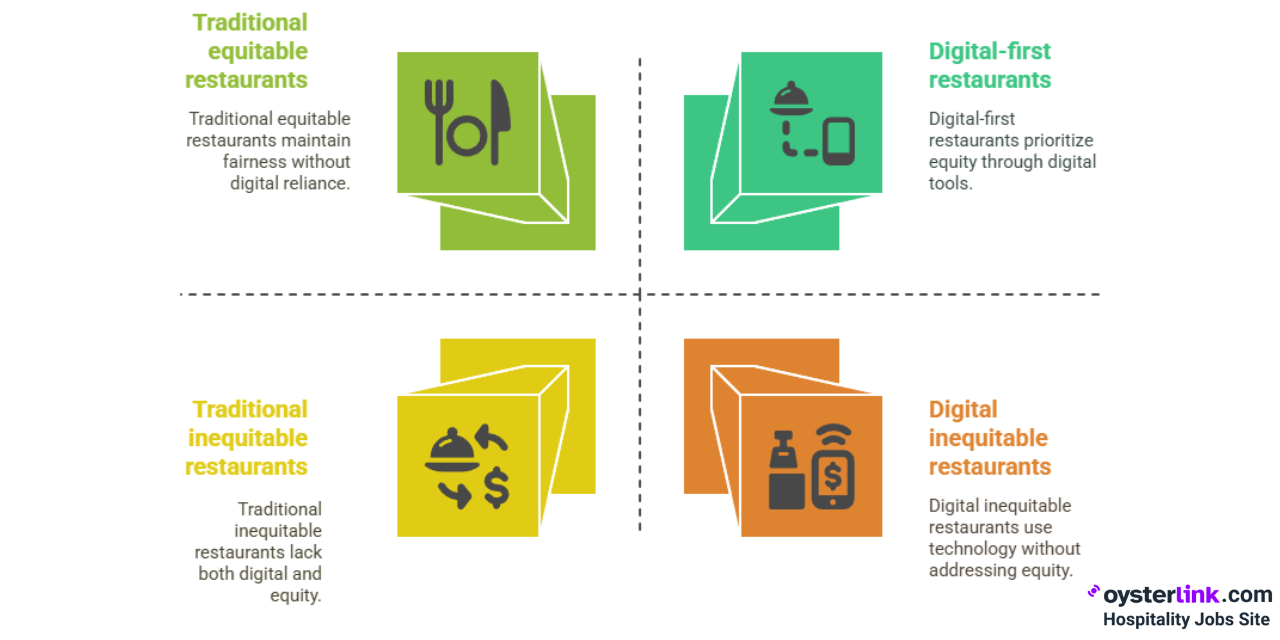
Manager’s Checklist: Smooth Digital Tip Integration
- Review your tipping policies — ensure they are transparent, equitable and up to date with digital systems.
- Train all staff (front and back of house) on how digital tipping and tip pooling work, using simple printed guides and team walkthroughs as needed.
- Frequently check tip distribution reports for discrepancies or system glitches; encourage staff to report any concerns quickly (consider a feedback "drop box" in the break room).
- Communicate clearly with both guests and employees about tipping options — include FAQs on menus, websites and payment devices.
- Stay informed about emerging laws and compliance standards related to digital tips — utilize trusted HR/payroll software and subscribe to industry newsletters.
Future Trends in Tipping and Digital Payments
Tipping customs are changing fast. As technology develops, expect fresh approaches to gratuity and evolving attitudes about its purpose.
Managers who keep their finger on the pulse — and an open ear with their teams — will adapt most smoothly.
The role of automation and AI
Automation and AI are inching into the tip experience. Some smart registers can already suggest tip amounts after considering factors like time of day or party size.
In the near future, apps may even tailor tipping choices to guest habits or team performance, balancing diner comfort with fair pay for staff.
Management will need to balance these advances with good old-fashioned team meetings and regular check-ins to keep everyone on board.
Changing social norms around tipping
Digital tip prompts are shifting regulars’ expectations — from “maybe” tipping to “of course.”
Some people are even wondering whether the custom will stick around, or if built-in charges will soon take over.
As this shift continues, restaurants can use comment cards or brief guest surveys. These tools help monitor changes in satisfaction and tipping patterns.
This information can then be used to shape policies that work well for both guests and staff.
Renewal and regulation of tipping systems
As digital tipping spreads, future legal changes may require new standards for employers.
Policymakers could step in to ensure all workers actually get their fair share and ensure guests aren’t in the dark about where tips end up.
Keep an eye on Internal Revenue Service (IRS) or Department of Labor updates and stay in close touch with your payroll partner to avoid surprises down the line.
Why OysterLink is the Best Hospitality Platform
OysterLink is a dedicated platform designed to connect hospitality professionals with employers, making it easy to find quality jobs or hire the right talent quickly.
We offer job seekers helpful salary information, career guidance and top job listings while giving employers the tools to create compelling job ads and access valuable business resources.




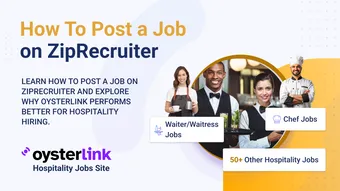

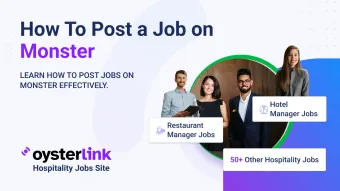
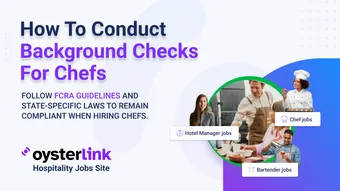


Loading comments...